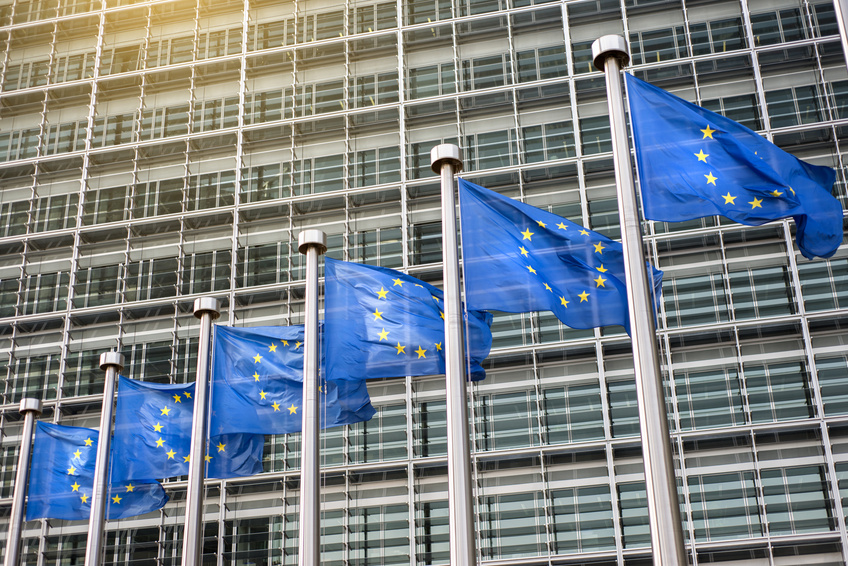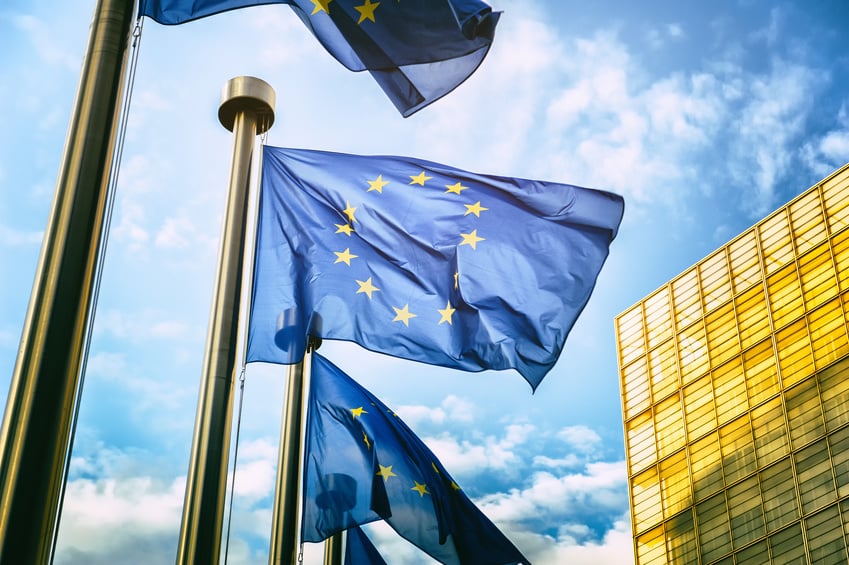The recently published OECD survey involving 43 member countries found that less than half of the countries require the publication of drug list prices, while the remaining countries are affected by legal and/or contractual constraints that prevent the publication of drug price information.
EU Regulation 2024/1689 on Artificial Intelligence has the aim to introduce strict rules for the design, implementation and placing on the market of Artificial Intelligence systems, to be applied both to suppliers established in European territory and to suppliers established outside the European Union.
On 21 August 2024, the Italian Medicine Agency issued the Guidelines on the matter of Regulatory Simplification and Decentralization for the Purpose of Conducting Clinical Trials of Medicinal Products in Accordance with Regulation (EU) No. 536/2014.
With determination No. 425 of 8 August 2024, the Italian Medicine Agency approved the new Guidelines for the Classification and Conduct of Observational Studies, implementing the provisions of Article 6(3) of the Ministerial Decree dated 30 November 2021.
On 9 July 2024, Regulation (EU) 2024/1860 amending the Medical Devices Regulation (MDR) and the In-Vitro Diagnostic Medical Devices Regulation (IVDR) was published in the Official Journal of the European Union. In particular, the new Regulation amended the provisions regarding the mandatory use of the European Medical Device Database (EUDAMED) for devices compliant with the MDR and IVDR and for legacy devices, providing for a phased implementation of the modules as they are verified and declared functional.
In a statement published on 18 June 2024, the European Medicines Agency (EMA) called on marketing authorization holders (MAHs) to adopt a Medicines Shortage Prevention Plan to reduce and prevent possible shortages and critical issues. The purpose of such a Plan is to collect information on the product, European and international marketing, supply chain vulnerabilities, measures to prevent shortages and, where appropriate, to reduce their impact on public health, and must contain appropriate measures to address shortages and mitigate their impact on patients.
Following the public hearing held on 22 May 2024, on 22 July 2024, the Italian Constitutional Court issued two judgments (judgment No. 139/2024 and judgment No. 140/2024) to decide the various appeals concerning the legitimacy of medical device payback regulation, i.e., the system under which medical device companies are required to contribute to the coverage of the NHS deficit in the years 2015-2018.
On 10 June 2024, the Member State Coordination Group on Health Technology Assessment adopted new HTA guidance on outcomes of joint clinical assessments and reporting requirements. In particular, the guidance on outcomes for clinical assessments aims at supporting both Member States’ authorities in defining the scope of such assessments and those responsible for such assessments in reporting all the elements needed by Member States to properly conduct clinical value-added analysis of health technologies at the national level.
On 3 May 2024, the European Medicines Agency (EMA) published new Q&As for applicants, marketing authorization holders of medicinal products, and notified bodies on the implementation of the EU Regulations on medical devices and in vitro diagnostic medical devices (i.e., EU Regulations 2017/745 and 2017/746). The new Q&As are based on the experience gained from the application of the regulations and the specific cases encountered so far, and aim at providing practical considerations on the relevant implementation, with particular reference to those products that consist of a combination of medicinal products with medical devices.
The EU has approved the new Regulation on Substances of Human Origin (SoHO) aimed at improving the safety and quality of blood, tissues and cells used in health care and facilitating the circulation of these substances within the EU. The new regulation broadens the scope of SoHO to human breast milk and intestinal microbiota and covers a variety of activities, ranging from registration and testing of donors, collection and processing to human application and clinical outcome monitoring of substances of human origin.









